1. Lamplighter
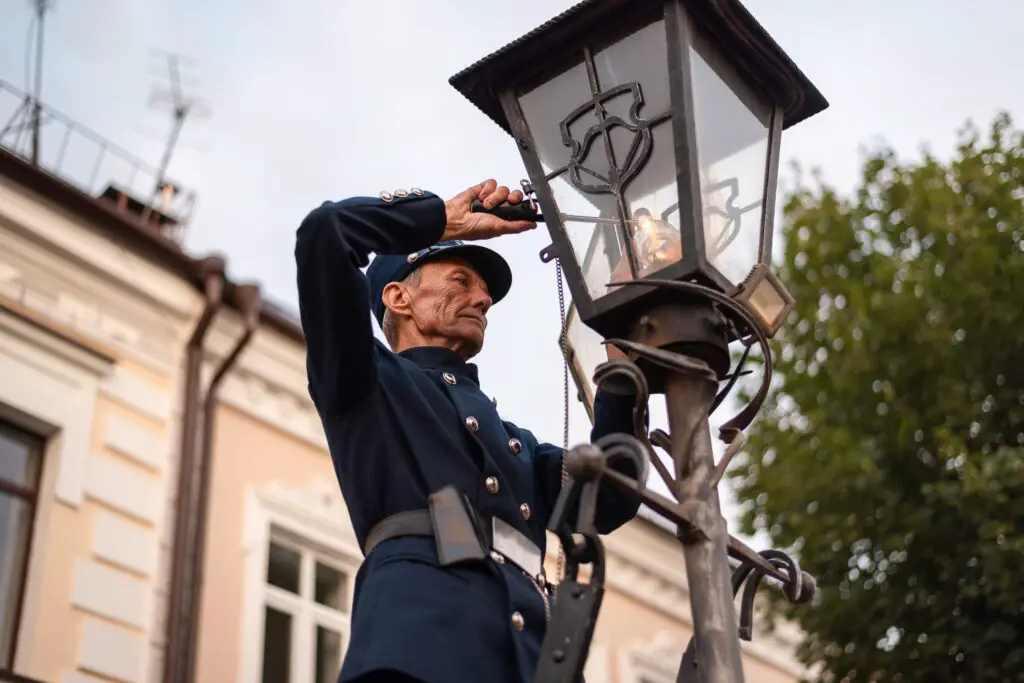
Once upon a time, the lamplighter was a crucial figure in cities across the globe. They were responsible for lighting street lamps, which were often gas-powered, and ensuring that the city’s streets were illuminated during the night. Their work took place at dusk, often with a long pole used to ignite each individual lamp, ensuring safety and visibility for the night. While today, we rely on automatic lighting systems or municipal crews to maintain streetlights, lamplighters were once the unsung heroes of urban evenings.
In many ways, the lamplighter was like an early version of today’s street maintenance workers. They would trek through cities, creating an ambient glow that guided people home, much like how we now think of futuristic lighting systems that can be controlled with the tap of a phone. The romantic image of a lamplighter turning on the lights at sunset might seem like something straight out of a sci-fi novel now, where cities are bathed in light at the push of a button.
2. Switchboard Operator
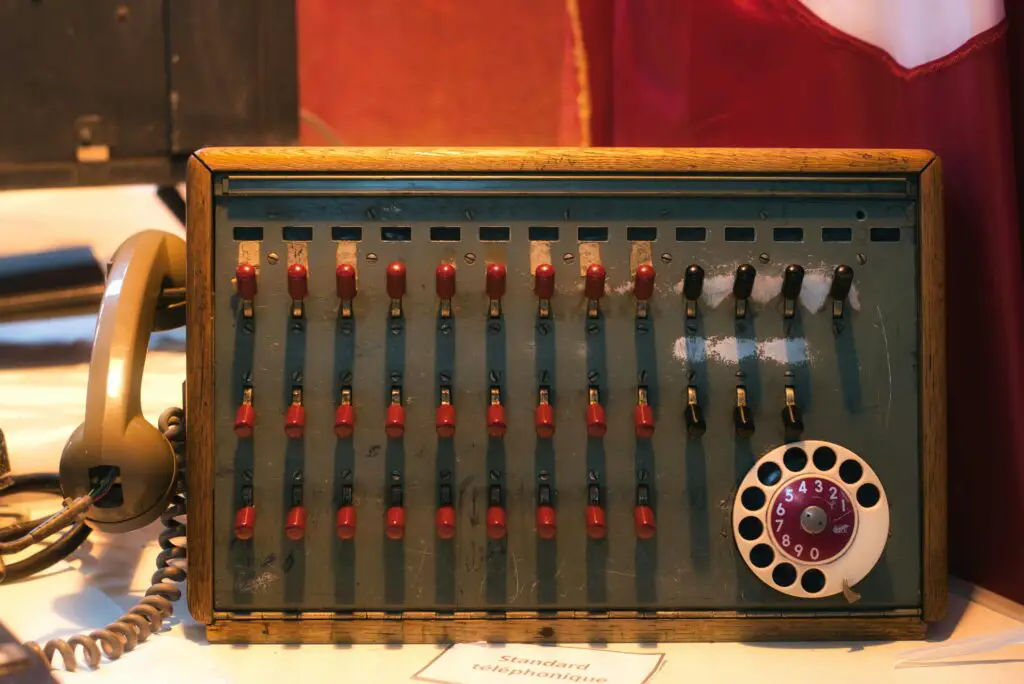
Switchboard operators once played a pivotal role in connecting telephone calls by manually plugging in wires to the correct ports. Imagine a large room full of people handling dozens of calls at once, ensuring that every connection between two callers was made correctly. These operators were the backbone of communication systems before automatic dialing took over. For those who remember a time before smartphones and wireless connections, it was a process that seemed almost like a high-tech operation in itself.
In the modern age, the work of switchboard operators feels like something out of a sci-fi thriller. Today, with digital technology and voice-over-internet protocols (VoIP), people can connect instantly without the need for human intervention. Looking back, it’s easy to see how the hustle and bustle of operators running cables and making connections could be compared to the high-tech interface we imagine in futuristic films.
3. Milkman
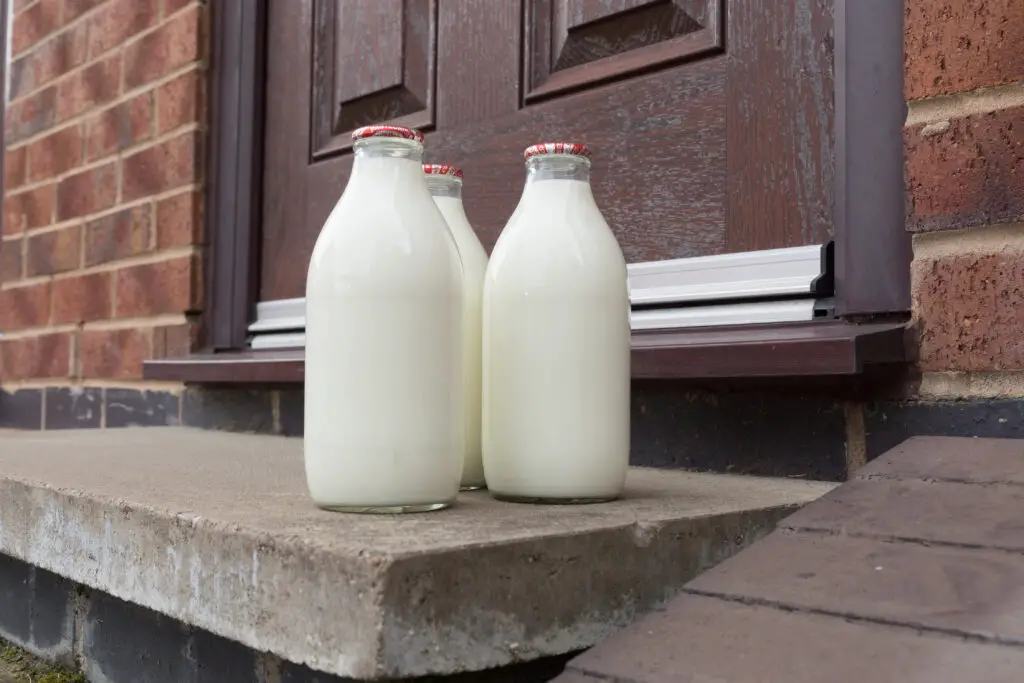
The milkman was once a regular sight in neighborhoods, delivering fresh dairy products directly to homes every morning. This profession wasn’t just about convenience; it was a service that ensured families received high-quality milk before the days of refrigerated grocery stores and long shelf lives. Milkmen made their rounds early, often as the sun came up, with their insulated trucks full of glass bottles, creating a sense of community and reliability.
Today, the milkman is a relic of the past, largely replaced by supermarkets and convenient delivery services that bring everything from dairy to specialty items straight to your doorstep. But if you think about it, the milkman’s job sounds almost futuristic now, doesn’t it? The idea of someone bringing goods directly to your door with a personalized service, much like modern-day delivery apps, seems like it could have easily fit into a sci-fi setting where everything arrives on-demand.
4. Town Crier
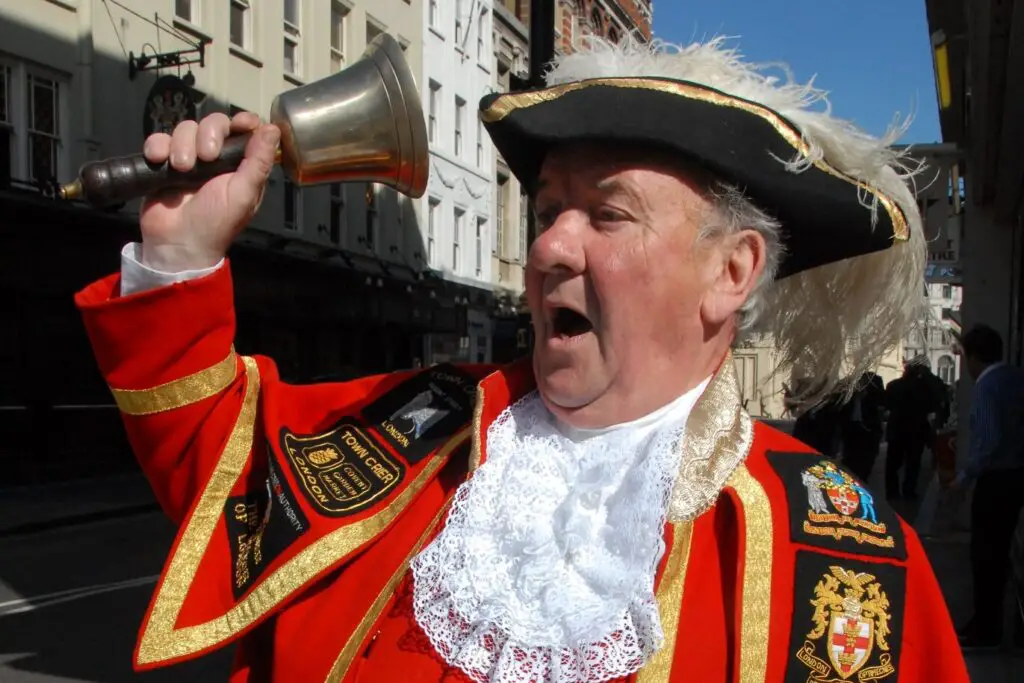
Before newspapers and television, the town crier was an essential part of spreading news throughout communities. Dressed in distinctive garb, they would stand in public spaces, ringing a bell and shouting the latest news, announcements, or royal decrees for everyone to hear. Their loud voice carried through the streets, making sure that every person was aware of important events or happenings in the town. Town criers were often seen as both authoritative figures and community connectors.
If we think of the town crier today, they start to resemble the futuristic concept of live broadcasting, where information is delivered instantly to the masses. In a sci-fi world, this would probably be the equivalent of an AI-powered voice notifying everyone in a city about the latest news, but with the same charm and presence that these criers brought to town squares.
5. Ice Cutter
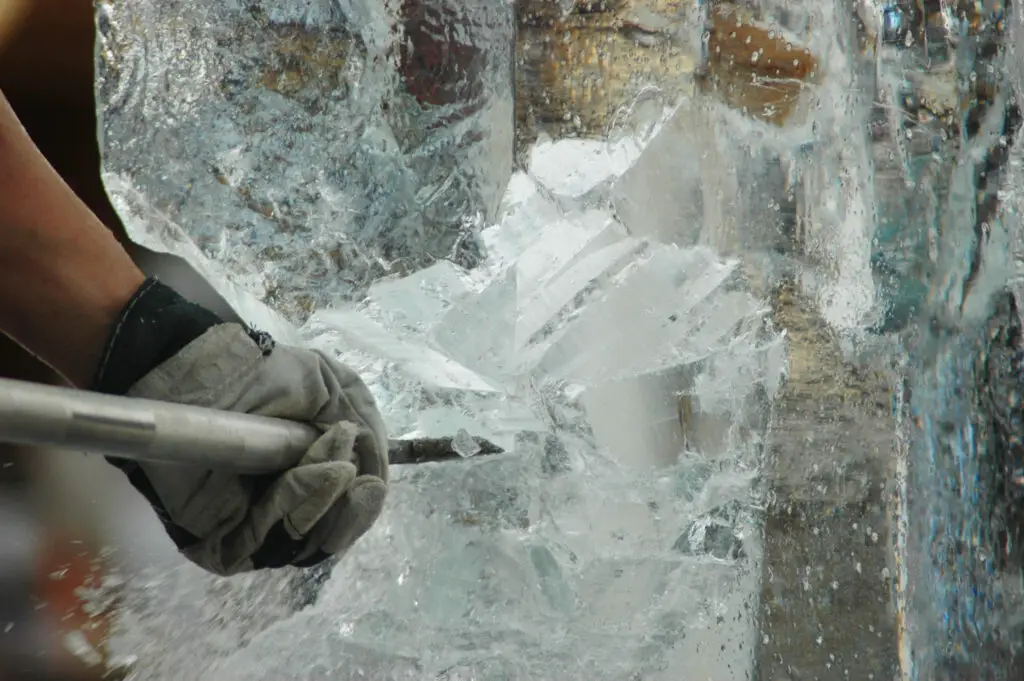
Long before refrigeration, ice cutters were essential in ensuring that people had a way to keep their food fresh. They would venture out onto frozen lakes during winter, cutting massive blocks of ice, which were then transported to homes, businesses, and icehouses for storage. The work was grueling and dangerous, requiring skill and precision to safely extract and handle these giant ice blocks. The ice cutter’s role made them a staple in early industries that relied on keeping things cold without electricity.
The idea of harvesting ice from frozen lakes might sound like something straight out of a post-apocalyptic world today, where resources are scarce, and people rely on old-school methods for survival. In the realm of science fiction, the concept of cold storage might take on a new form, with technology making use of cryogenics or futuristic energy sources to maintain food and goods, leaving ice cutters far behind in history.
6. Typist
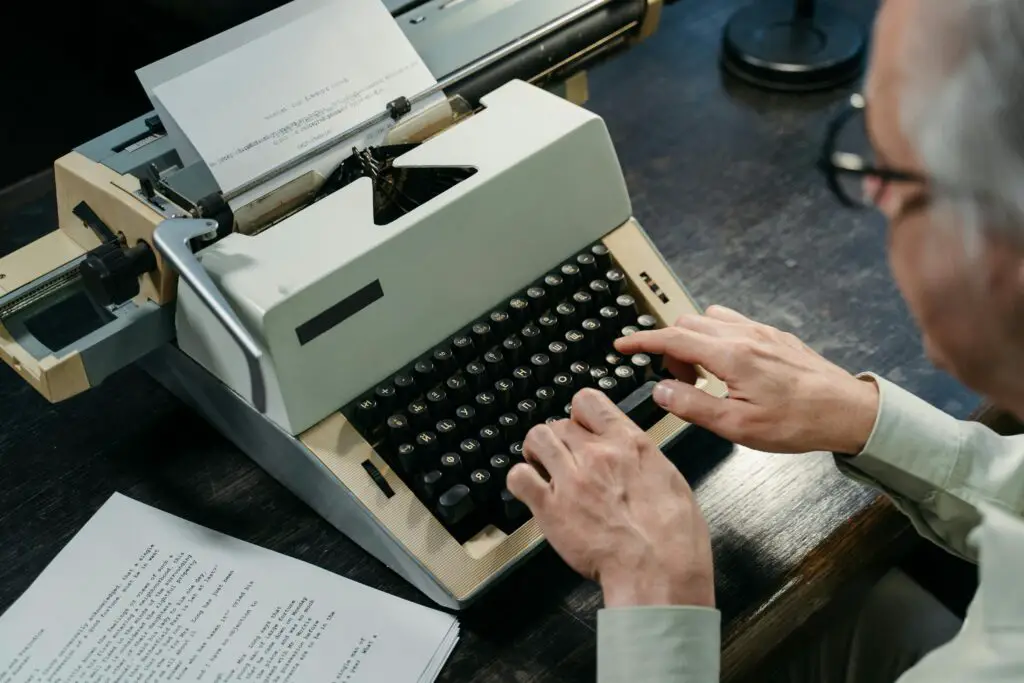
Before personal computers and word processors, typists were the backbone of many offices, ensuring that letters, reports, and documents were neatly and quickly typed out. In those days, the typewriter was the height of technology, and skilled typists could work at incredible speeds to keep up with the demands of businesses. Their precision was essential, and in many ways, they were seen as the masters of office efficiency.
In the modern world, the typist is almost an obsolete profession, replaced by voice recognition software and faster typing methods through digital devices. However, if we look at it through a futuristic lens, typists could be likened to the robotic assistants or voice-activated machines of sci-fi films that seamlessly carry out tasks with little to no human effort. It’s easy to imagine a world where automated systems have taken over the once-human role of the typist, making their work seem like a thing of the past.
